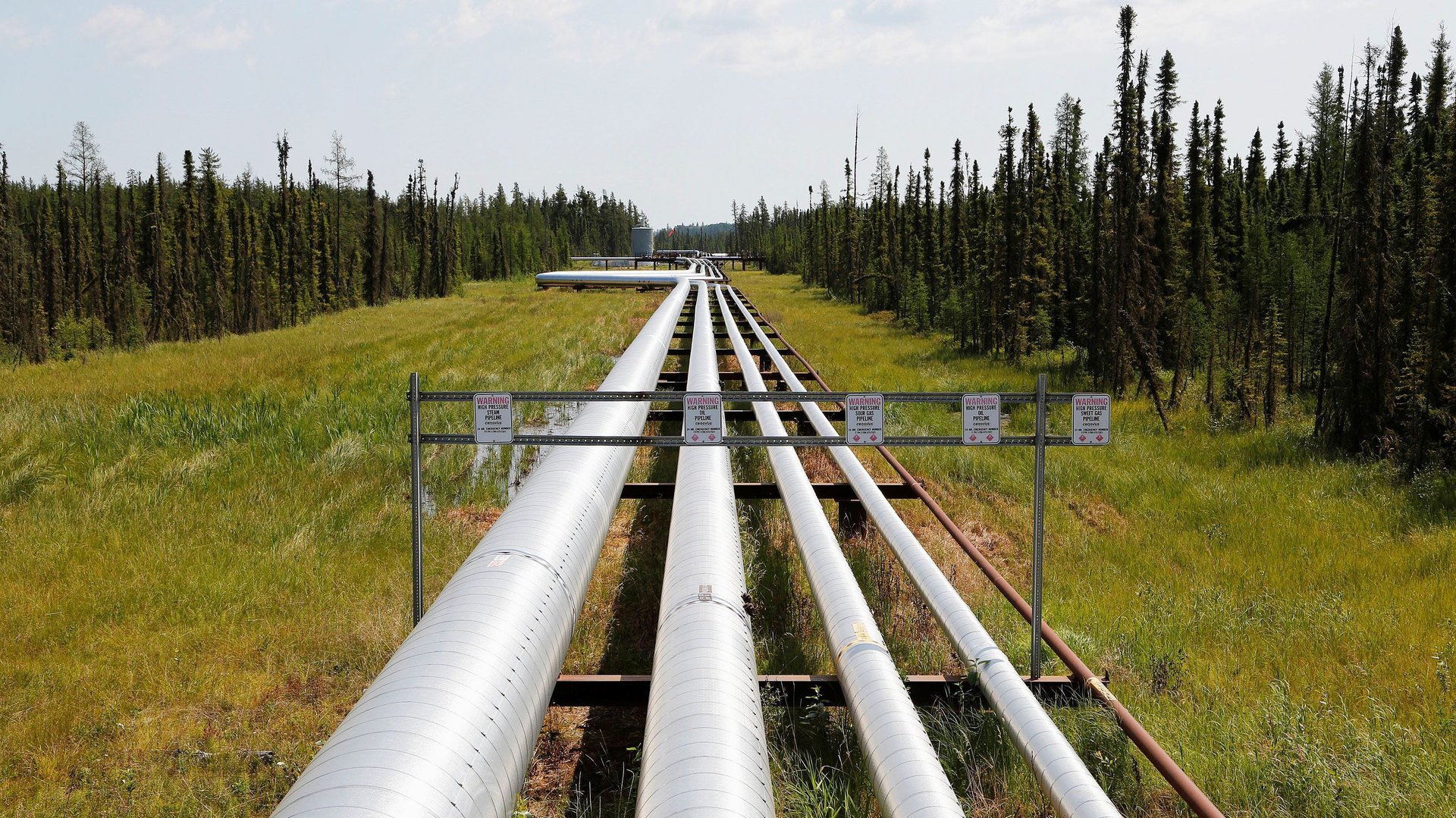The Texas blackouts generated billions in revenue for gas companies
For most Texans, the widespread blackouts after a winter storm this February were a nightmare. In addition to at least a hundred deaths, households and other electricity users in the state were forced to pay tens of billions of worth of electricity bills.


For most Texans, the widespread blackouts after a winter storm this February were a nightmare. In addition to at least a hundred deaths, households and other electricity users in the state were forced to pay tens of billions of worth of electricity bills.
The state’s electricity market, unlike those in most US states, has relatively few guardrails against wild price swings. Those price spikes are intended to reward power companies that keep the power flowing when demand is high. After half the state’s power plants were knocked offline by freezing temperatures, electricity prices for those households that still had power went through the roof.
Electricity sales during the blackouts surged to $50 billion, nearly ten times higher than the normal amount. Because those charges are so high, utilities will likely spread them across customers’ bills for decades to come; in turn, at least three major utilities have declared bankruptcy from sky-high wholesale power charges.
Gas pipeline companies saw a windfall
The energy firms that managed to stay online during the storm, however, enjoyed enormous profits. None more so than natural gas suppliers. These companies marked up their sales to power plants delivering billions of dollars in windfall revenue, according to a raft of first-quarter earnings reports. Chief among them is Energy Transfer, one of the state’s biggest operators of natural gas pipelines and distribution hubs, which saw first-quarter earnings hit a record $5 billion, nearly double the company’s historical earnings in that period, according to company filings reported on May 6.
Most Texas utilities failed to prepare for extreme cold. But in an earnings call, Energy Transfer CEO Thomas Long explained that the company had planned for winter storms like those that struck the state this year. “As part of our standard design process, we have spent a significant amount of time and effort determining which components and systems are particularly susceptible to extreme weather conditions,” he said. “In the event of severe cold temperatures, we have taken various measures to winterize these components,” including installing heating systems on pipelines and packing additional gas into pipelines near population centers as the storm was descending.
Other winners from the blackouts include the pipeline operator Kinder Morgan ($1 billion) and the energy trading arm of BP (also at least $1 billion, according to Citigroup), as well as the energy trading arms of Bank of America and Goldman Sachs.
Low-income households bear a disproportionate burden
These post-blackout profits show that the Texas electricity market is working as designed, by rewarding advance preparation. Other energy companies now have a proven incentive to spend capital on extreme weather upgrades. And billions more will be needed: Economists at the Dallas Federal Reserve concluded this April that the state’s energy companies should spend up to $430 million annually on winterization.
How to pay for this may be complicated by the exodus of ratepayers from utilities in the state. Since the blackouts, homeowners have begun switching to rooftop solar panels and batteries; one Texas solar company saw sales jump 25% after the freeze. That is reducing households’ reliance on the grid—as well as the profits (from homeowners and other electricity users) that would pay for those upgrades. Although too small to affect most utilities’ bottom lines today, this cycle of defection risks driving up power bills across the board in the future by diminishing the pool of customers utilities can charge for grid maintenance and other costs. Nationally, utilities could lose tens of billions of dollars as ratepayers switch to solar for most of their power, according to the Rocky Mountain Institute (RMI).
Low-income households, especially, spend a disproportionate share of household income on energy costs. In the event of future blackouts, state subsidies might be needed to ensure that they don’t bear too much financial responsibility for fluctuations in the state’s electricity market. Then again, if more companies take a cue from Energy Transfer and make investments now to avoid future outages—in the interest of reaping future profits—those price surges might be avoided altogether.